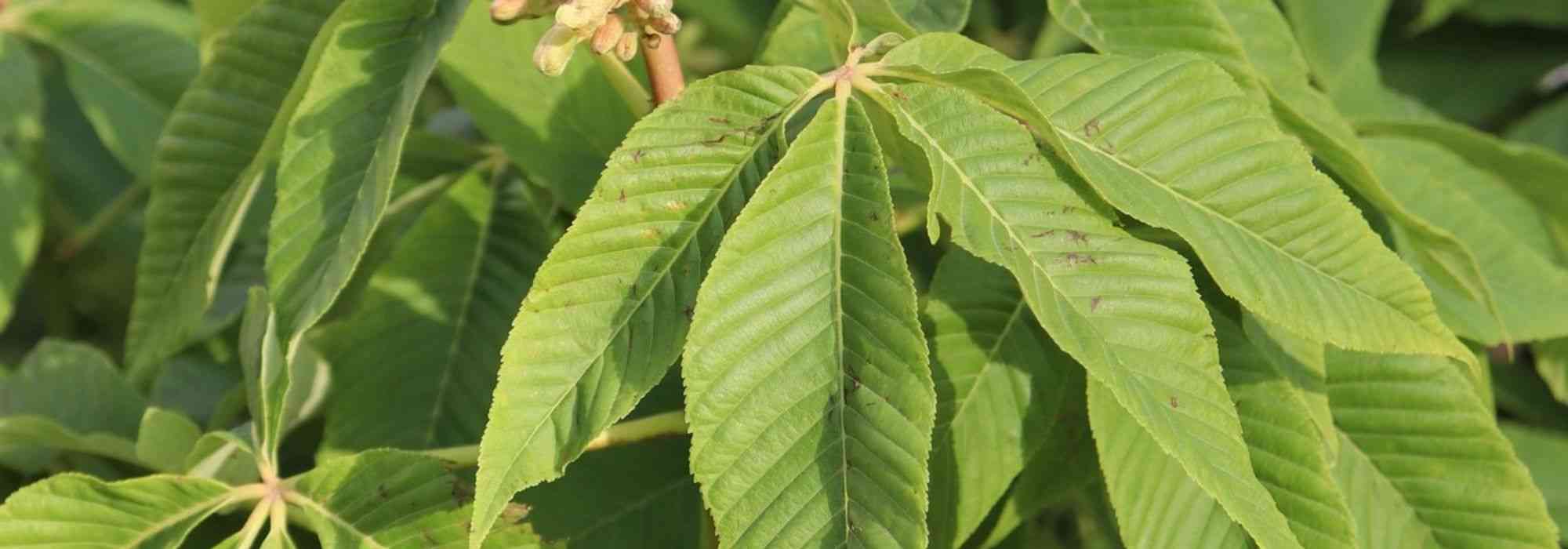
10 bushes or small trees for heavy, wet soil
Our selection
Contents
Heavy, clayey and very wet soils can put off many gardeners, as they are difficult to work and improve. But before undertaking major, lengthy, arduous and costly work to try to alter your soil, remember that this medium exists in nature. And if it exists in nature, plants that favour this type of soil also exist!
→ Here is a small selection of bushes or small trees, perfect in heavy, wet soil.
Aronia prunifolia : both beautiful and tasty
Aronia prunifolia or large-fruited aronia is a melliferous bush of the Rosaceae family native to North America, which conveniently produces edible fruit in autumn. Notably, variety Aronia ‘Nero’, a hybrid selected in Russia for its large black-violet fruits, with a sweeter flavour than the type species and of high nutritional value. Fruits can be enjoyed as delicious jellies, pastries, fruit syrups or jams.
This deciduous bush produces a beautiful white spring flowering, and also offers superb autumnal foliage colours. Extremely hardy, it grows in full sun or partial shade, in any soils, even the heaviest, from fresh to wet and rather acidic.
To learn everything about growing Aronia, read: Aronia: planting, pruning and care.
Read also
12 perennials for heavy, wet soilCornus sericea: essential for winter
Cornus sericea (formerly Cornus stolonifera) belong to group commonly called: “decorative-wood Cornus”. But it is the thirstiest and most suckering of the lot. It is therefore a prime bush for stabilising banks or dressing the edge of a large pond. Cornus sericea ‘Flaviramea’ with very yellow wood in winter is often seen, but there are many others, such as Cornus sericea ‘Cardinal’ with very bright red wood. Spring flowering is somewhat insignificant, but is followed by berries in late summer that delight birds. It is above all the foliage and the stems that are decorative in these bushes. Sometimes coloured or variegated, the foliage takes on splendid autumnal hues depending on the variety. The stems are no exception, remaining coloured (yellow, red or orange) throughout winter at a time when few colours brighten the garden. All can be planted in gentle sun or partial shade, in fresh to wet soil, even marshy, and not calcareous. Note that Cornus alba also do very well in heavy soils.
Find all our splendid coloured-wood dogwoods in our online nursery
Discover other Trees and large shrubs
View all →Available in 0 sizes
Available in 1 sizes
Available in 1 sizes
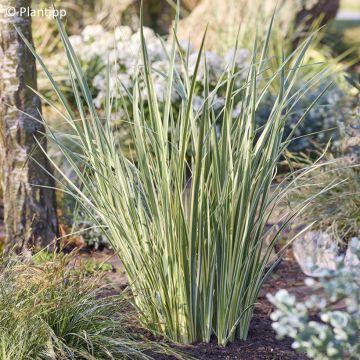
Available in 1 sizes
Available in 1 sizes
Available in 1 sizes
Available in 1 sizes
Available in 2 sizes
Available in 1 sizes
Available in 1 sizes
Salix sachalinensis: "O willow mio!
Of course, when thinking “tree for wet ground“ one immediately thinks of willows. There are countless species and varieties, not to mention that they hybridise naturally with each other, but Salix sachalinensis ‘Golden Sunschine’ is without doubt the most luminous. This golden willow of collection origin comes from a Japanese horticultural breeding as recent as 2007. But like all willows, it is a reliable, healthy bush whose vigorous growth enables it to reach four metres in height easily and quickly. ‘Golden Sunshine’ willow is easy to grow and requires very little maintenance thanks to its resistance to disease and to climate extremes. It can indeed withstand the most extreme temperature swings, from the ici coldest frost to the most torrid heat, provided it is planted in full sun, in soil that is sufficiently rich and cool, even very wet (for example close to a body of water). It benefits from being pruned short at the end of each winter between February and March.

Salix sachalinensis ‘Golden Sunshine’
We still have many other willows in our nursery that thrive in heavy, wet soils and, to learn more about growing willow, we recommend reading Willow, Salix: plant, prune and maintain.
Read also
Gardening in heavy, wet soilCephalantus occidentalis: small but by no means inconspicuous
Cephalanthus occidentalis or Bois-bouton is a little-known small deciduous bush native to North America. Variety ‘Sugar Shak’ is a new variety that stands out for its smaller size (1.20 m in all directions) and much more abundant flowering. Its flowering in late summer or early autumn is particularly striking. It appears as clusters of small bristly balls that are creamy-white and delightfully fragrant. Following this flowering comes red fruit in small bristly balls, very decorative against beautiful glossy bright green foliage. Cephalantus adapts to a wide range of soils, but preferably rather acidic. It particularly favours soils that remain consistently cool, even moist or marshy. This bush should be planted in a sunny but not scorching position or in partial shade.
Betula pendula 'Fastigiata': Go for the birch!
Birches, pioneer trees par excellence, generally adapt to all types of soil and have extreme hardiness. Betula pendula ‘Fastigiata’ is a perfect example. It is a weeping birch with an almost columnar habit, very elegant from first fine days under its bright green foliage. In autumn, it becomes dazzling when its foliage turns bright yellow. But even in winter, it remains striking thanks to its white bark delicately highlighted with ink-black. This birch is a very hardy, disease-resistant tree. It copes with all soil types provided they are not too dry or too calcareous. This tree grows very well in heavy, cool to moist soils, in full sun or partial shade.
Want to know more about Birches? Head to our article Birch, Betula: planting, pruning and maintenance.Not smitten with Betula pendula ‘Fastigiata’? Come and see our selection of Birches in our nursery. There will certainly be one you’ll like.
Marsh hibiscus: a hibiscus for very wet soil
You will have understood, if vernacular name of this bush is given the qualifier “of the marsh“, it is because the Hibiscus moscheutos (or H. palustris) — or marsh Hibiscus — favour waterlogged soils. It is a lush plant for edges of water features, but can also be grown in large pots kept very moist. This bush, native to marshes of southern United States, sends up each year straight, upright stems forming a spreading bush that reaches, in a single season, 1.50 m in height with 1.20 m spread. The Hibiscus moscheutos ‘Rose’ is notable for its large single pink flowers that can reach 25 cm in diameter. Foliage is divided into pointed lobes, light green in colour and highly ornamental throughout growing season. This plant ultimately resembles a perennial rather than a bush, as above-ground parts die back in winter. It is moderately hardy (down to -10 °C) and prefers heavy, waterlogged soil in full sun.
If you want to know everything about growing Hibiscus, you can find our advice in Hibiscus, Althea: plant, prune and maintain. Is your soil not moist enough to try a Marsh Hibiscus? Then find all our other Hibiscus in our nursery: all our other Hibiscus.
Magnolia virginiana: ideal for heavy clay soils
Magnolia virginiana, the first Magnolia species to be described by botanists, is a small tree, reaching up to seven metres in height, with very decorative foliage. Especially the variety ‘Glauca’, whose leaves are green above and glaucous to silvery beneath, are more or less evergreen to deciduous depending on winter severity. Its long flowering, unfolding between June and September, has an exceptional lemony and vanilla scent produced by small (for a magnolia!) semi-double, cup-shaped, cream-white flowers. This species is very hardy and tolerates calcareous conditions. But it is also one of the few magnolias to withstand very wet, even waterlogged soils. This small tree or large bush should be planted in full sun or partial shade in deep, rich, humus-bearing soil that is consistently moist, even wet.
To learn all about growing Magnolias in general, we invite you to read Magnolias: planting, pruning and maintenance.
Aesculus mutabilis: horse chestnut pruned to bush size
Aesculus mutabilis ‘Induta’ is a small deciduous bush with a rounded habit not exceeding two metres in any direction. It is actually a horticultural hybrid derived from two small American Aesculus species. This dwarf horse chestnut offers an incredible flowering from May to June in the form of very ornamental dark-pink to salmon-pink candle-like spikes. Its elegant foliage closely resembles that of horse chestnut, but is much paler and tinged with pretty bluish highlights. This bush is planted in deep, consistently fresh, humus-bearing, acidic soil in a sunny or partly shaded position. Because of its small size, Aesculus mutabilis can also be grown in a pot.
Virginia sweetspire: an astonishing bush with aments
Another plant from Virginia! Itea virginica is a superb bush, very hardy, which delights with its numerous aments of white flowers, highly original and delicately scented during July and August. ‘Scentlandia’ variety is an improvement on the type species: it is even hardier and more compact, more ornamental and copes better with heavy soils. This small compact bush rarely exceeds 1 metre. It has deciduous foliage, glossy green above and paler beneath, turning red in autumn. Itea virginica prefers slightly acidic soils that remain cool in partial shade. It can be planted in sun if soil is sufficiently moist. Itea virginica also grows successfully in a pot.
To discover everything about this remarkable bush, read Itea: planting, pruning and maintaining
Fargesia : non-invasive bamboos
Fargesias are evergreen bamboos, well suited to small spaces and even to pot culture. They are not running; their root systems are cespitose, which means they are unlikely to become invasive. There are many different varieties, all native to China and the northern Himalaya. They are evergreen bushes of exceptional hardiness, growing somewhat slowly in early years. The aesthetic appeal of these bamboos comes from their graceful habit, forming large, supple clumps of slender canes. They will add a Japanese touch to a small zen corner of the garden, yet fit admirably into any garden style. They can be grown in sun, partial shade or full shade, in ordinary soil, preferably fresh to moist, rich and humus-bearing, with a tendency towards acidity.
If you want to know more about bamboo cultivation, read Bamboo: planting, pruning and maintenance.
- Subscribe!
- Contents
































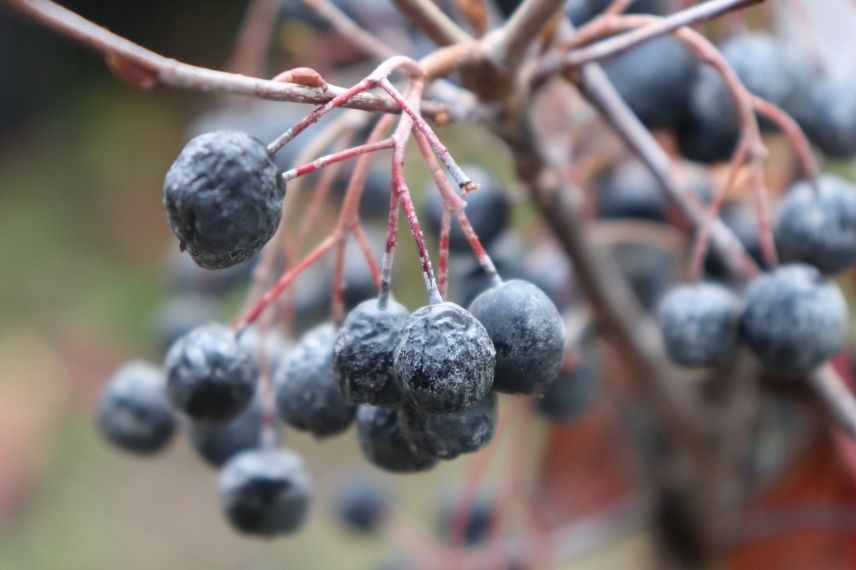
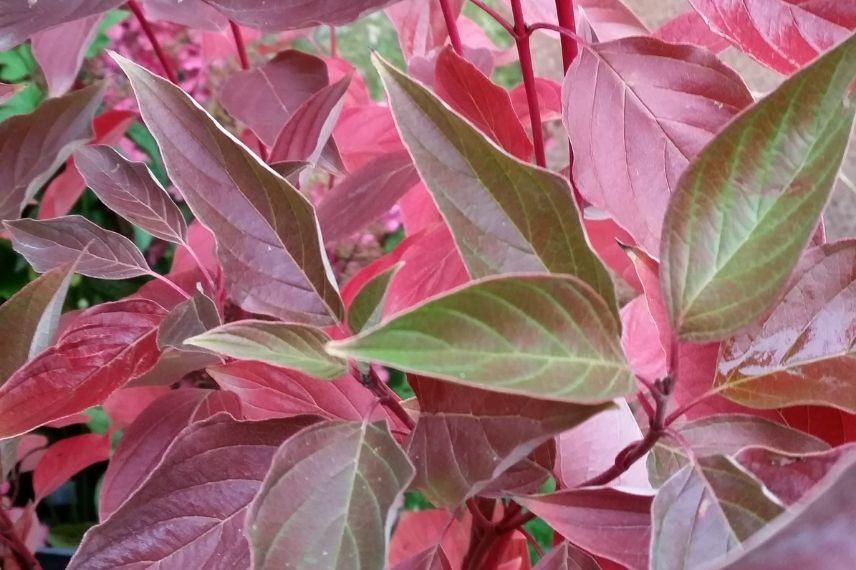


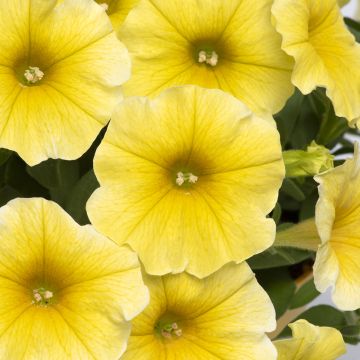
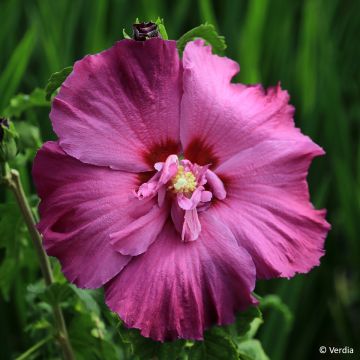
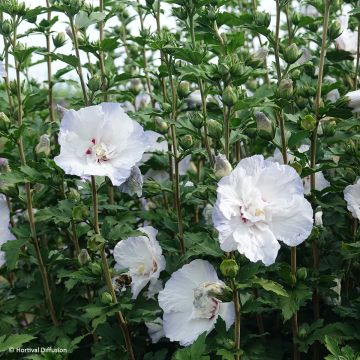


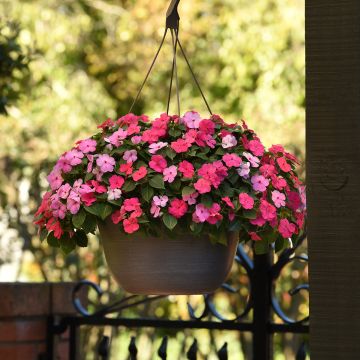
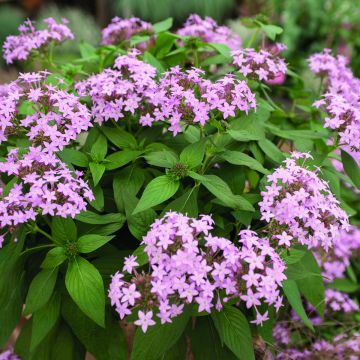
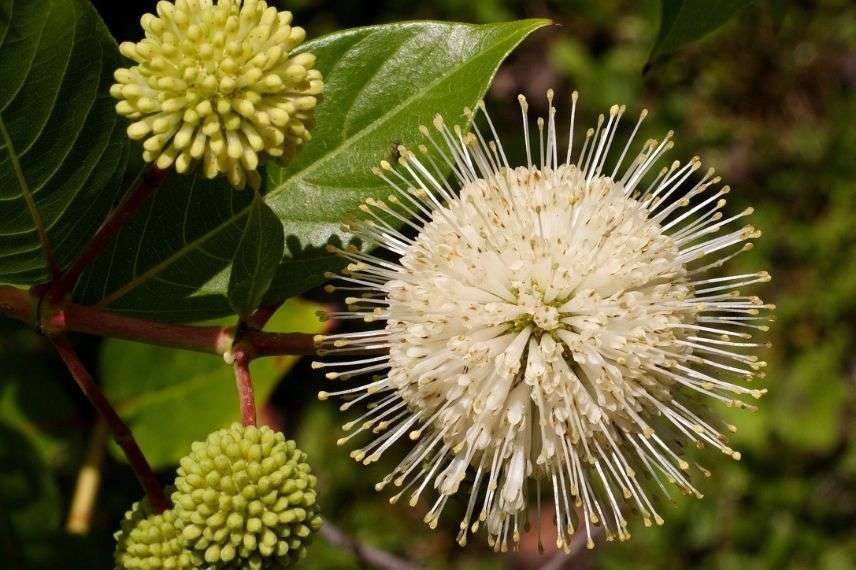
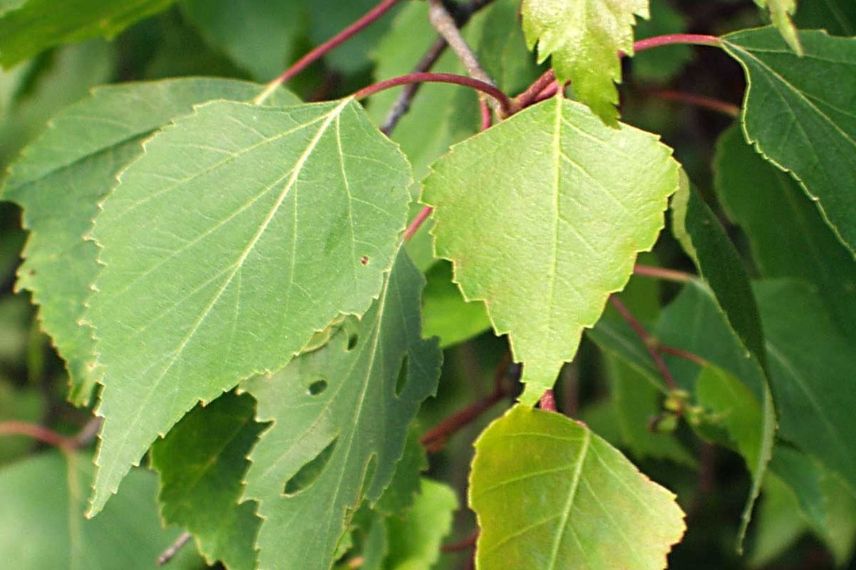
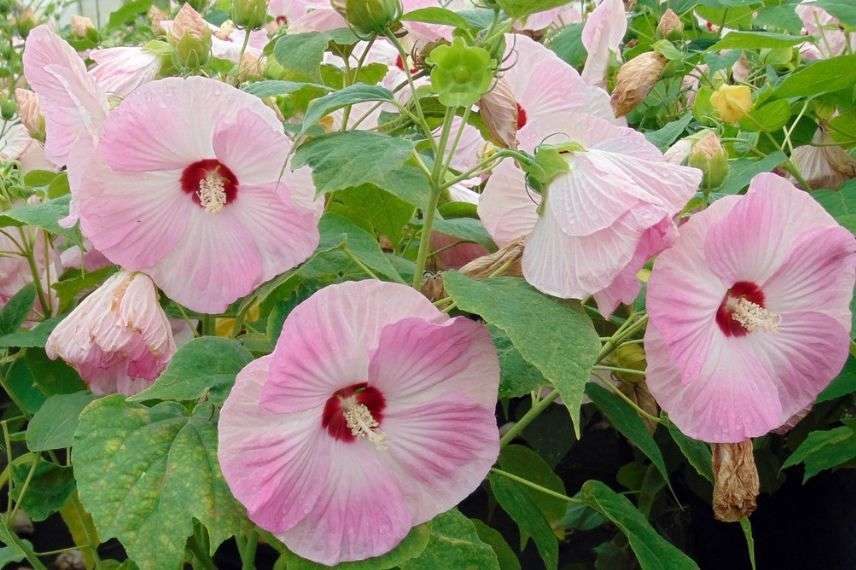
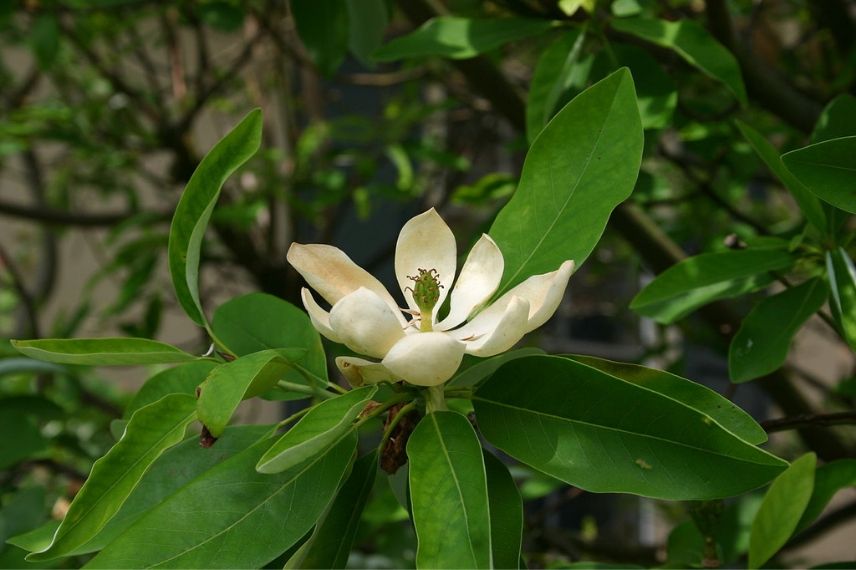
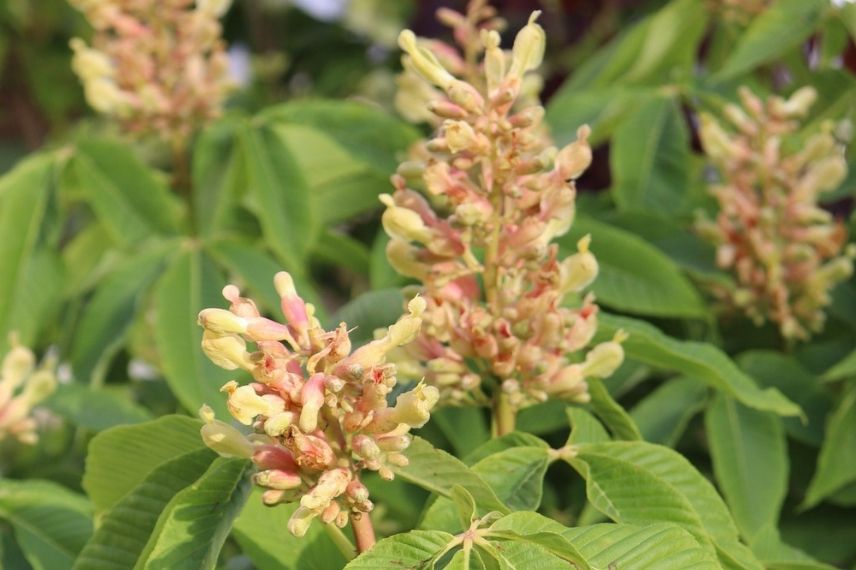
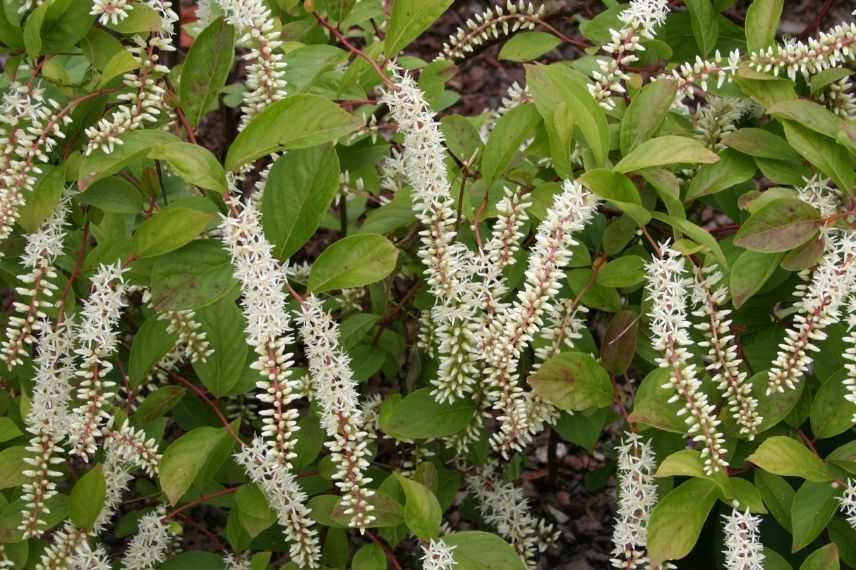

Comments